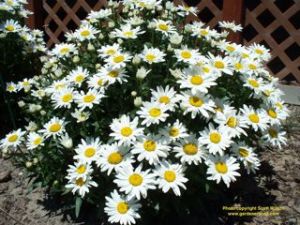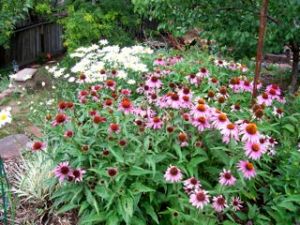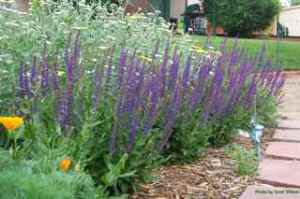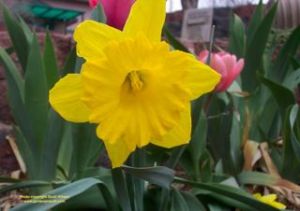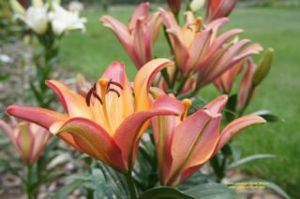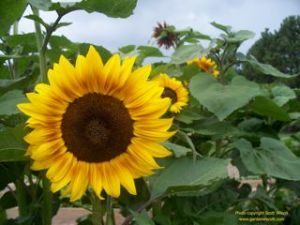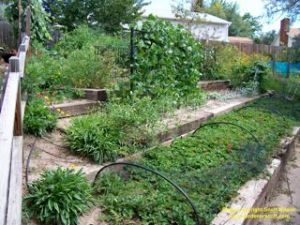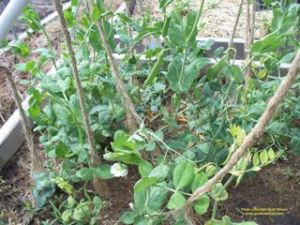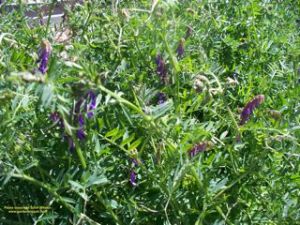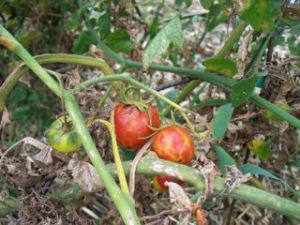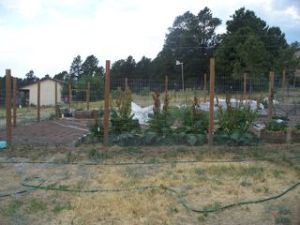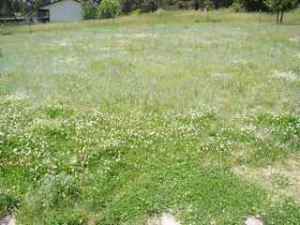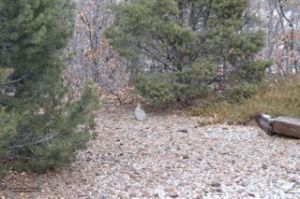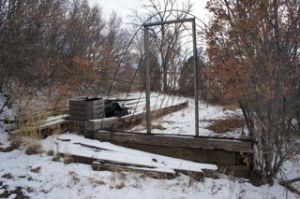There is just one way to have a deer proof garden — plant everything within the borders of a strong fence eight feet tall. For the rest of us, the best we can hope for is a deer resistant garden. Like all animals, deer have foods they prefer, foods they tolerate, and foods they avoid. The key for gardeners desiring a beautiful garden that deer walk past is to select plants in the latter category.
Let me qualify what “deer resistant” means. A deer resistant plant is one that deer do not eat as a primary food source. They may chew a few buds and occasionally pull off a leaf or two, but the plant is allowed to reach maturity with little molestation. Deer are browsers and will nibble on what they find; deer resistant plants are the ones they test and then walk away from.
It’s important to acknowledge that deer, like all animals, will eat anything if they’re hungry enough. Deer resistant plants are not a normal part of their diet, but under drought and low vegetation conditions deer will devour plants they have ignored for years. A doe with a new fawn won’t venture far from it, so she will feed on less-than-desired plants nearby. Also, there are plants that hungry deer will only eat in winter and leave alone the rest of the year.
It’s also important to acknowledge that deer will go out of their way to indulge in a garden offering plants they consider delicious. A garden loaded with roses, azaleas, geraniums, hosta, tulips, and fruit trees screams to the deer that the smorgasbord is open. The problem is that many gardeners also desire those same plants in their garden. Trying to maintain this kind of garden in the presence of a local herd can be nerve-wracking.
A deer resistant garden can be abundant and beautiful, but it requires careful plant selection. As I begin planning the landscape for my new house my focus is on gardens that will give me everything I want while denying the numerous deer a tasty lunch.
As with all garden planning, there are important steps to take to get it right. An analysis of sun, shade, water, soil, USDA Hardiness Zone, and available space is critical to a good garden plan. Plants will do best when they’re matched with the proper soil and location for their growth habits. Once this analysis is done, plants can be selected.
Generally, deer don’t like plants with a strong aroma or with thorns or spines. They tend to stay away from decorative grasses. Many native plants are resistant to deer in areas where deer are native.
An assumption in growing deer resistant plants is that there are other food sources available to local herds. When deer have access to water and plants they like, they’ll leave less desirable plants alone. When their only food sources are deer resistant plants, then that’s what they’ll eat. That’s why there are so many conflicting discussions by gardeners as to whether a plant is deer resistant. For every gardener who has never had deer eat his plants there is another gardener who has deer eat every one of hers.
Let’s begin with deer resistant plants for full sun locations. Lucky for me, many of the plants I like to grow are naturally deer resistant; I have a minor deer problem at my current house and have never had a problem with these plants:
Agastache
Allium
Artemisia
Barberry
Columbine
Coneflower
Coreopsis
Daffodil
Dianthus
Foxglove
Gaillardia
Hens and Chicks
Lantana
Lavender
Penstemon
Potentilla
Rose Campion
Rudbeckia
Russian Sage
Salvia
Shasta Daisy
Snapdragon
Spirea ‘Magic Carpet’
Yarrow
Yucca
There is no lack of color, texture, and variety in this list. All of them are very resistant to deer in most landscapes. Many of them require little irrigation, which is a plus in my arid region.
Here are some plants for shade or partial shade areas.
Allium
Ajuga
Astilbe
Bleeding Hearts
Coral Bells
Fuchsia
Monkshood
Peony
I don’t currently grow these plants but will in my new landscape. I also plan to add:
Apache Plume
Buddleia
Fountain Grass
Miscanthus
Pampus Grass
The key to identifying deer resistant plants for your landscape is to conduct a little research. Many county Extension offices have fact sheets for local deer resistant plants. The internet allows cross referencing this government information. I easily found that New Jersey, Minnesota, and Colorado Extension information matches my own experience with the plants listed above.
One of the best sources for local information about deer resistant plants is to ask a fellow gardener. Find out what your friends have trouble with and what they have success with when deer are involved.
I have a gardening friend who likes to grow Arborvitae and has to fence in each plant to prevent damage; Arborvitae is on the list of plants deer like to munch. I’ve tried to grow cherry, apple and plum trees in my current landscape and the deer have devastated them; they’ll even push through the protective netting to nibble the buds. Those of us who have built structures to try and keep deer out will gladly share our experience.
Asking for advice can save valuable time, energy, and money. Geraniums cover the gamut of deer preference. Some varieties of geranium are like candy to deer while others are like vinegar. Find out what your friends are growing and copy their successes. I haven’t seen Asian Lilies on any deer resistant plant list, but in my neighborhood they leave all of mine alone.
It’s possible to get away with tricking deer. A few plants that they might eat may survive if they’re planted among groupings of plants that they avoid. They’ll tend to leave the whole group alone when they see an abundance of deer resistant plants.
I also believe in creative sacrifice. If you want to grow plants that deer may like to eat, also grow plants that they definitely like to eat. Grow plants like wild strawberries, raspberries, Virginia creeper, and sunflowers as a friendly offering. When they venture into your yard they’ll gravitate toward those tasty morsels and are more likely to leave your treasured plants alone.
With proper planning and plant selection, maintaining a successful and beautiful landscape in the presence of deer is not only possible, but easy. Choose deer resistant plants and let your gardens prosper.
